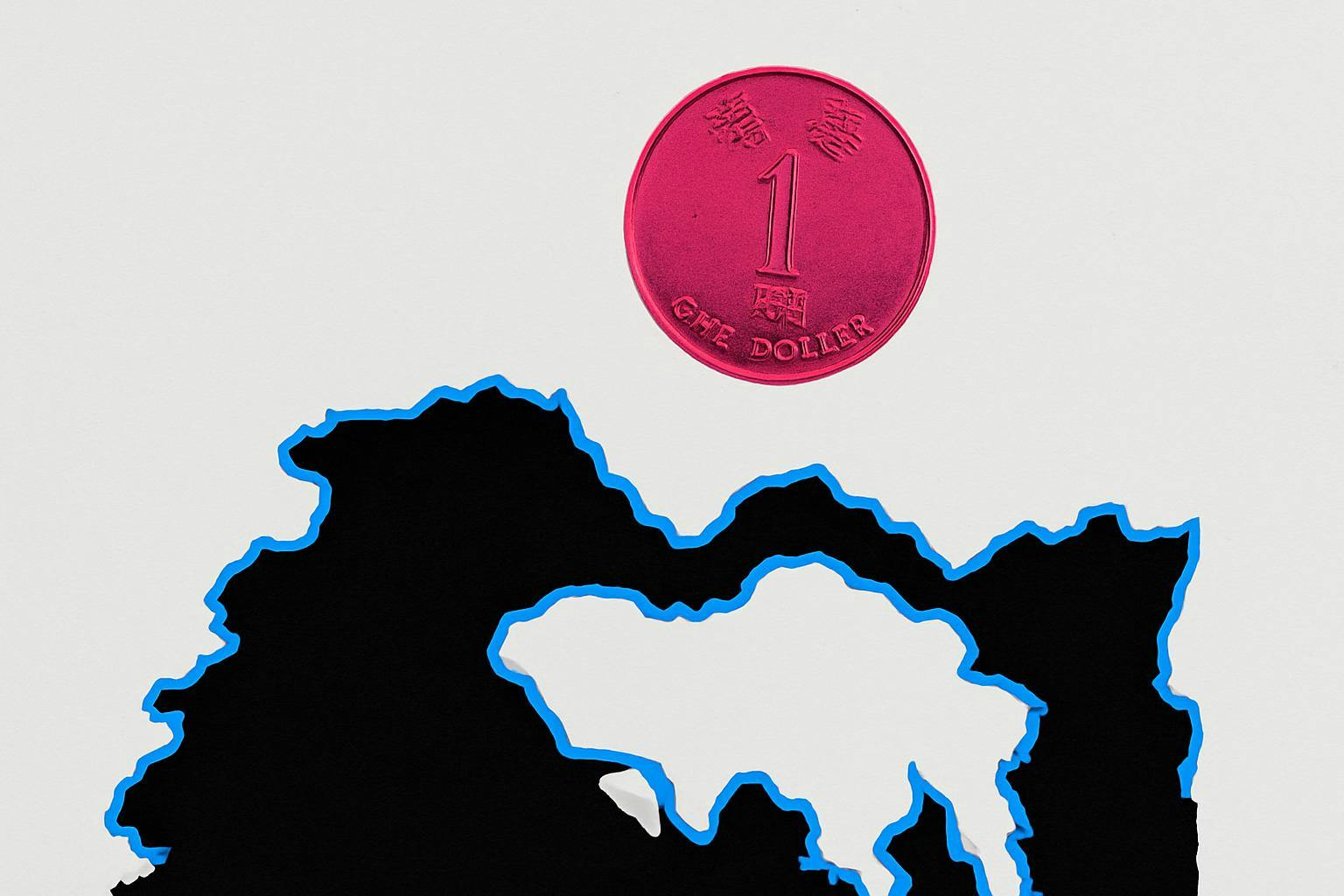What’s going on here?
Hong Kong’s central bank stepped in for the twelfth time since late June to protect its currency peg—actions now draining liquidity and hinting at higher local rates well into 2025.
What does this mean?
The Hong Kong Monetary Authority (HKMA) snapped up HK$3.38 billion last Thursday to maintain the city’s decades-old currency peg, which keeps the Hong Kong dollar trading tightly against the US dollar. These interventions make Hong Kong dollars scarcer, bringing the aggregate balance—the main gauge of spare cash in the system—down to just HK$53.72 billion. That drop, flagged by the Hong Kong Association of Banks, is raising eyebrows since it usually marks the start of higher interest rates. With less surplus cash, banks may find it pricier to lend and borrow, and analysts now expect the three-month HIBOR to hit about 3% by late 2025. For residents and businesses alike, that points to costlier loans and tighter access to credit.
Why should I care?
For markets: Tighter liquidity is making waves for Hong Kong’s banks.
With a thinner cushion of spare cash, local banks are already seeing borrowing costs edge up, regardless of broader global trends. As the HKMA’s interventions continue, the higher cost of money could start to squeeze sectors that depend on low rates—like real estate and consumer lending—putting pressure on company profits and investment sentiment in Hong Kong’s market.
The bigger picture: Currency policies echo across global finance.
Because Hong Kong’s currency is pegged to the US dollar, every local policy move can create ripple effects far beyond the city’s borders. Rising HIBOR could push some international investors to demand better returns before committing cash, or prompt them to seek opportunities elsewhere—adding a new layer of complexity to global capital flows and shaping the future of Hong Kong as a major financial hub.


